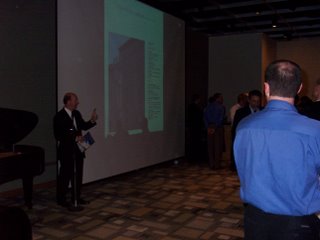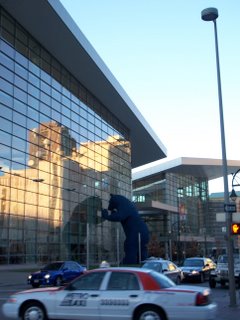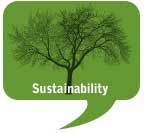Finally, Thursday night, I decided at the last minute to head to the LEED Reviewers’ party at the Shelter nightclub to meet my friend Janet Stephenson, who coordinates sustainable efforts for the city of Seattle. The party turned into a reunion, of sorts, of USGBC members from my old Los Angeles home Chapter; I talked with Dave Stevens from the Gas Company’s Energy Resource Center in Downey, CA, and also caught up with Ben Cien, an architect at HKS. They were both having a lot of fun.
Then I saw Stuart Cooley, with the city of Santa Monica, who is chair of the host city organizing committee for GreenBuild 2007 in LA. His colleague in Santa Monica, Greg Reitz, told me they were going to crack the whip on the committee this coming Monday night.
GreenBuild winds down today (Friday), so I hope the LA chapter gets some sleep over the weekend. They have lots of work ahead of them. Good luck!
-Russell Fortmeyer














